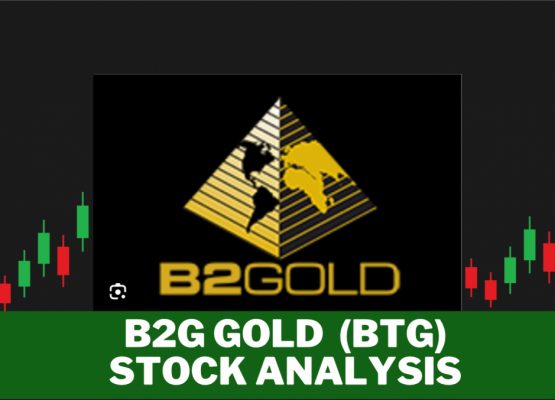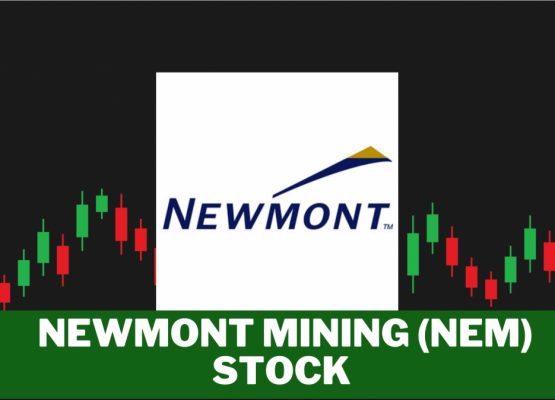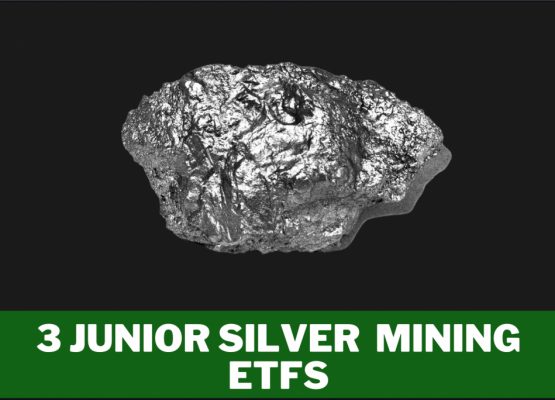Commodities

Top 3 Dividend Paying Mining Stocks (Gold, Copper, Silver)
Welcome back to the channel and/or website! In today’s video I briefly discuss 3 mining stocks that also pay dividends. Mining stocks can be good because raw materials and commodity prices tend to go up with inflation over time, potentially providing a natural hedge. That said, I hope you will join me as we discuss […]

Market-Proof Your Portfolio: 5 Safe Haven ETF Picks for Unshakable Wealth
You need to be logged in to view this content. Please Log In. Not a Member? Join Us

Top Gold Mining Stocks for 2024: Unveiling the Hidden Gems Amidst the Bull Market’s Glitter
As the price of gold continues to trade above $2,000 an ounce and with predictions of a 15% to 20% rally in precious metals for the year, several gold mining stocks present compelling investment opportunities, particularly those that have not fully responded to the increase in gold prices. Among the many options, three gold mining […]

BTG Gold Corporation: A Golden Opportunity in a Volatile Market?
As the world economy continues to ride waves of uncertainty, many investors are hedging their bets on safe-haven assets such as gold. The mining sector, in particular, offers some attractive investment options, including the B2G Gold Corporation (BTG). This article will analyze BTG’s performance, potential risks, and future outlook in the context of the broader […]

Newmont Mining Corporation: A Golden Opportunity?
In this article, we’ll dissect the financial and operational aspects of Newmont Mining Corporation (NYSE: NEM), the world’s largest gold mining company. Newmont’s robust asset portfolio, strategic moves, and market position make it a fascinating case for study in an investment context. Our analysis will touch on the company’s financial performance, operational efficiency, and the […]

Unearthing Potential: An Analysis of Three Promising Junior Silver Mining ETFs
In recent years, silver mining ETFs have carved a distinctive niche in the investment landscape. This segment is often deemed high-risk, high-reward due to its inherent volatility. Nevertheless, for investors willing to withstand the short-term fluctuations, it can be a source of substantial returns. Today, we explore three junior silver mining ETFs which, given the […]

5 Gold & Silver Mining Stocks to Consider Before the Next Bull Market
Gold and silver mining stocks represent companies that are primarily involved in the exploration, mining, and production of gold and silver. These companies can range from large multinational corporations to smaller, more speculative junior miners. Mining stocks often provide leverage to the prices of gold and silver. This means that a small increase in the […]
